Eastern Crete has dozens of enchanting and unknown destinations that "capture" every visitor, making him…
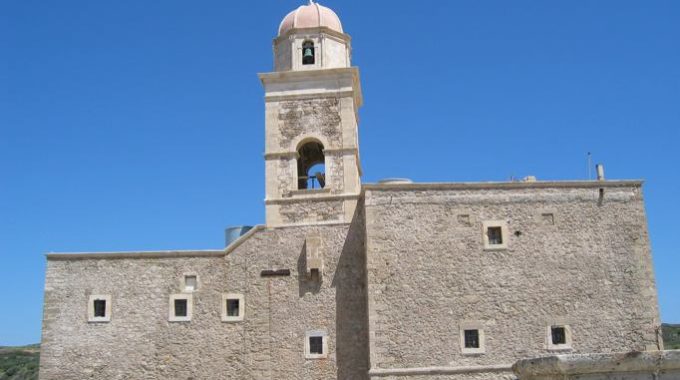
Toplou Monastery, Sitia
Toplou Monastery (Greek: Μονή Τοπλού) is a 15th-century monastery located in a dry and barren area in the Lasithi regional unit, on the eastern part of the island of Crete in Greece. It is about 6 km (3.7 mi) north of the village of Palekastro and 85 km (53 mi) east of Agios Nikolaos. The monastery was originally called Panagia Akrotiriani (Virgin Mary of the Cape), after the nearby Sidero cape. Its current name literally means “with the cannonball”, thus called by the Turks for the cannon and cannonballs (Turkish: top) it had in its possession for defensive purposes.
Toplou monastery is one of the most significant monasteries in Crete, dedicated to Panagia (Virgin Mary) and St. John the Theologian. It was founded around the mid 15th century, probably on the ruins of an earlier convent. The monastery was plundered by the knights of Malta in 1530 and shattered in 1612 by a strong earthquake. Due to its strategic position, the senate of the Republic of Venice, then ruler of Crete, decided to financially aid in rebuilding it. The monastery flourished until the surrender of eastern Crete to the Turks in 1646, after which it was abandoned for a long time. In 1704, it acquired special protection privileges from the Patriarch (i.e., stauropegic) and was re-inhabited.
After its monks were slaughtered by Turks in 1821 during the Greek Revolution of Independence, Toplou was again deserted until 1828. In 1866, during the massive Cretan revolt against the Turks, it was once again devastated. During the German occupation of 1941-44, Toplou was providing shelter to resistance fighters and housed their wireless radio. When this was discovered by the Germans, the abbot and two monks were tortured and executed.
Having to defend itself from pirates and invaders, Toplou monastery is heavily fortified, being laid out around a courtyard paved with sea pebbles and surrounded by strong, 10 m (33 ft) high square walls. In its present form it extends to about 800 square meters in three floors, divided into cells, guest houses, kitchens and warehouses. The main church (katholikon) is built as a two-nave basilica and the belltower dates back to 1558.
Despite its turbulent history, Toplou has many works of art to its possession. Today, it hosts an interesting exhibition of Byzantine icons, books and documents, a display of ancient engravings and a collection of artefacts which reflect its role in the historical events that influenced Crete during the last centuries. The monastery possesses a series of about 20 portraits of monks, despotes and igoumens painted by the famous portraitist Thomas Papadoperakis. Many of them have written the recent tragical history of the place. The walls of the monks’ dining hall, the “trapezaria”, are also adorned with remarkable fresco paintings by the icon painter Manolis Betinakis.
Additional Info
Year of establishment: 1400
Restoration: 1615
Location: Sitia – Palekastro
Access: Asphalt road
Opening hours: 09:00 – 13:00 and 14:00 – 18:00
Contact: +30 28430 61226
The Toplou Ecclesiastical Museum
The Museum includes the following collections:
– Collection of Cretan icons
– Collection of graven items
The most important exhibits of the Museum are: Virgin Mary the Asbestos-15th century, Christ the Pantocrator-15th century, Agios Ioannis (St. John) the Precursor and scenes of his life-17th century, the Dormition of Virgin Mary-15th century, Virgin Mary the uncontaminated-15th century, Virgin Mary of Passion and Agios Nikolaos (St. Nicolas)-1642, Agios Theodoros (St. Theodore)-1723, the Saint Trinity-17th century, Agios Ignatios and Savvas-17th century, the Agios Athanassios, Cyrille and Agios Ioannis (St. John) the merciful- 17th century.
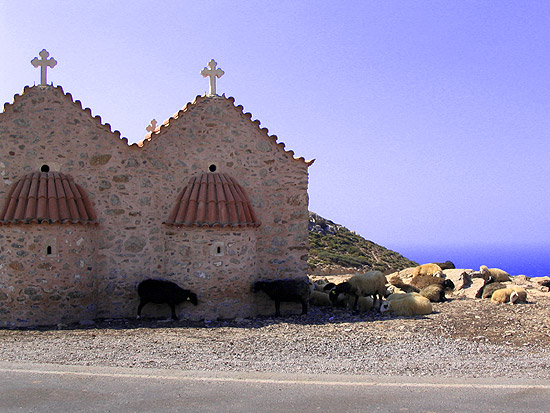
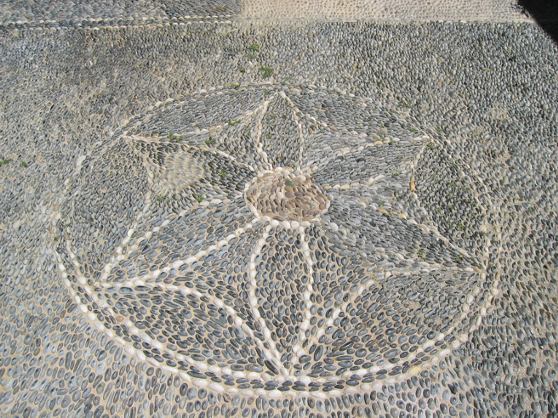
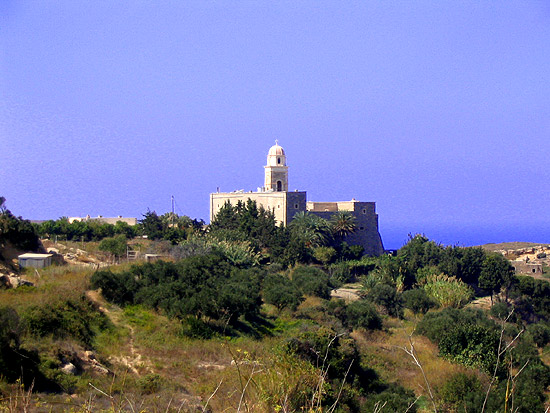
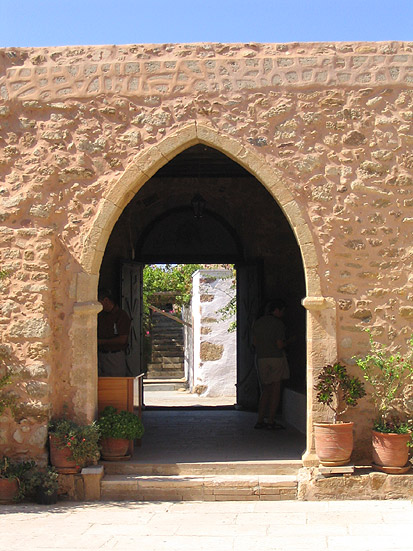
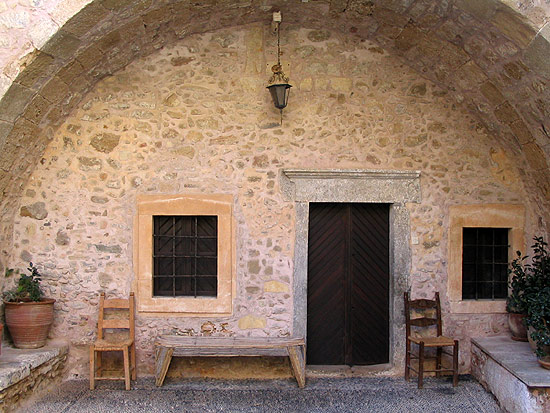
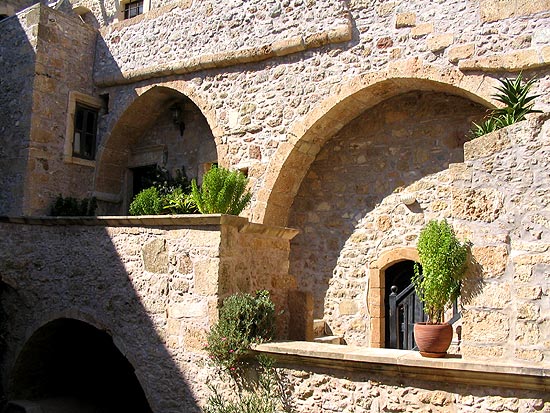
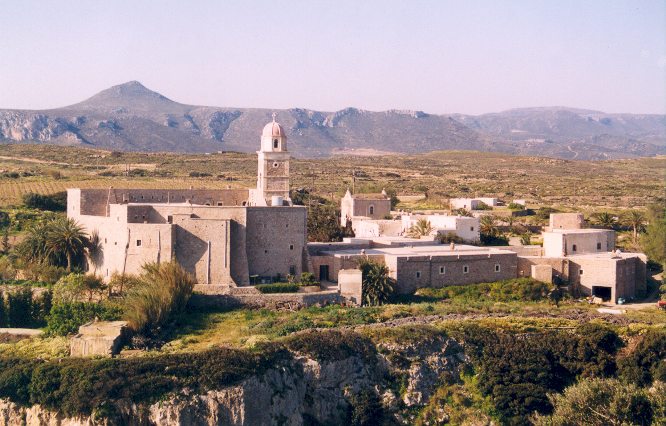
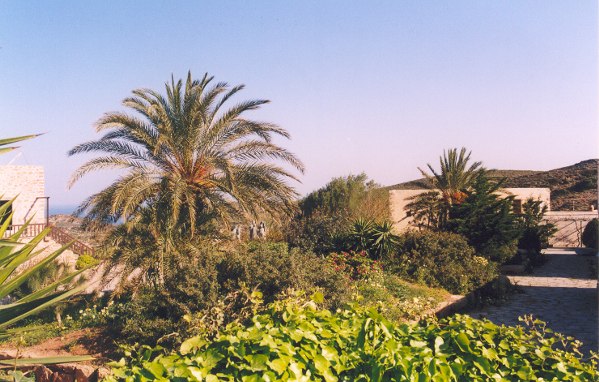
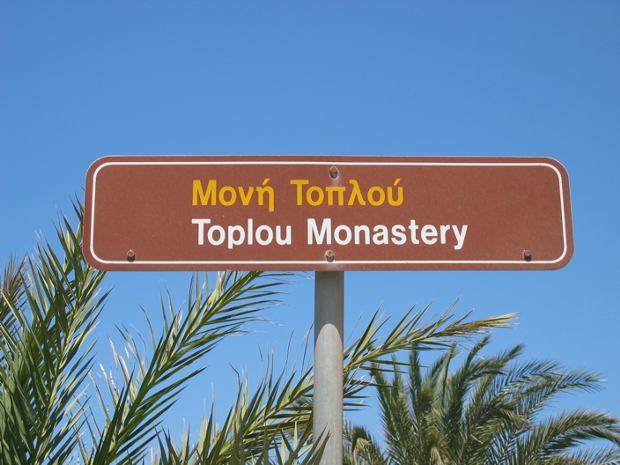
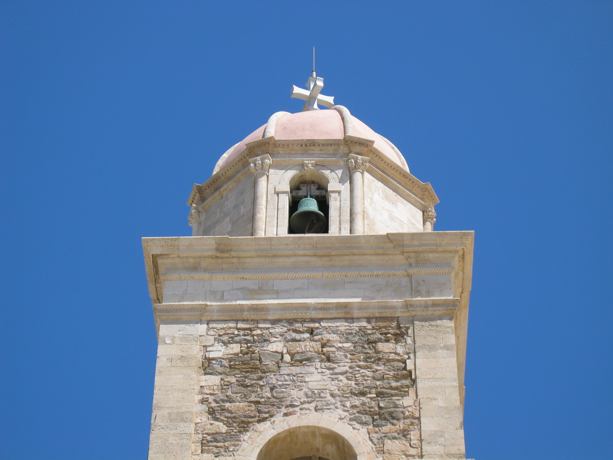
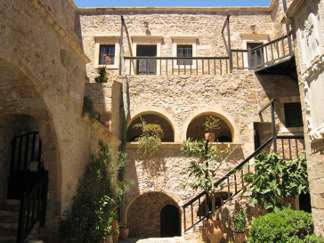
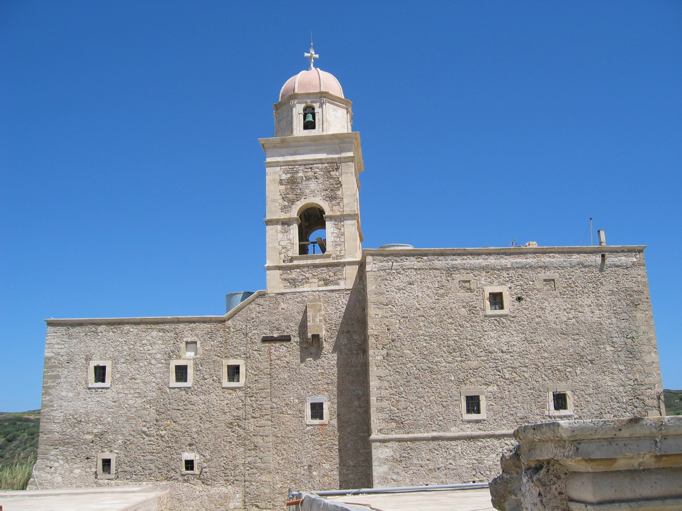
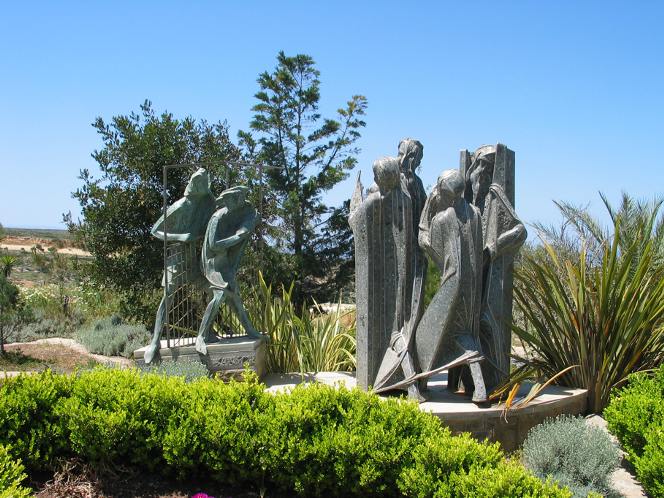
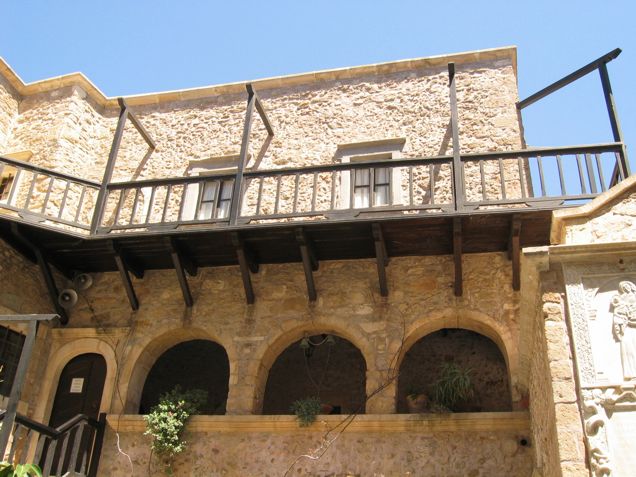
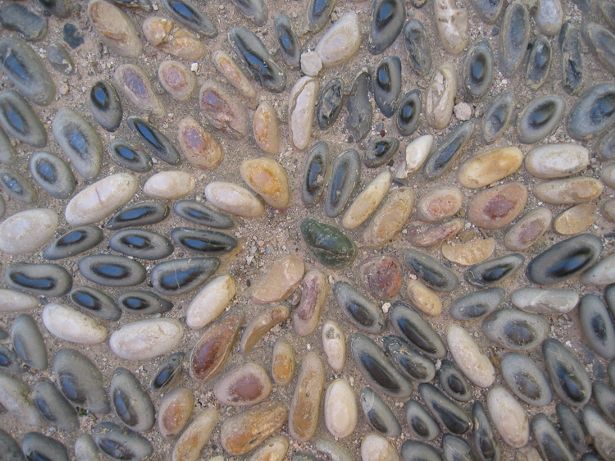
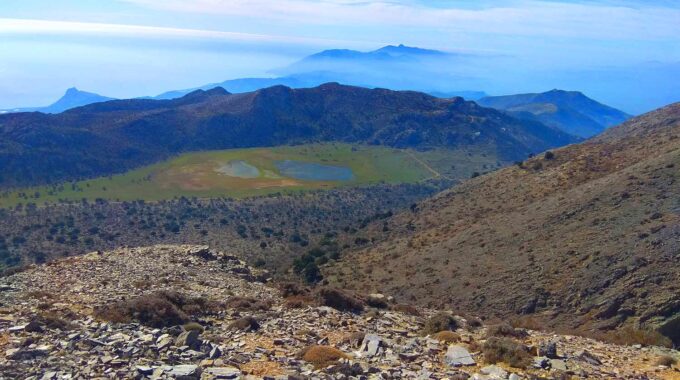
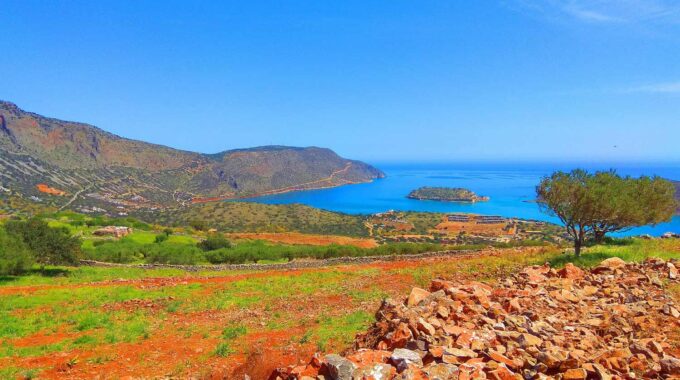
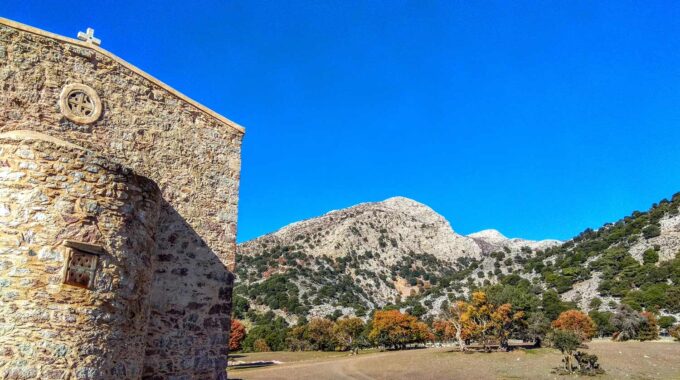
Out of two weeks lazing around from one beach a short drive away or another we decided on a marathon (or two world record marathon) trip around eastern Crete.
After enduring and admiring the windy mountain roads from Makry Gialos to Zakros then down again to Paleokastro we took to the Sitea Road and stopped at Toplou. I was more interested in the organic wine, honey and olive oil than the monastery but my sons and partner wanted to look inside.
In the UK we are spoilt for being able to pay very little or nothing to wander around historic sites and museums but I understand why an isolated monastery on a Greek island needs to monetise everything it possibly can!
We chose not to go into the monastery because I didn’t want to wrap a towel around my legs – cover up – for religious purposes. The men had full permission to wander around in vests and swim shorts but women not so….I respect the rules of the monastery but they’re not for me…
Not one to conform to patriarchal standards I suggested we enjoy a late lunch in the Cafe before our mountainous journey home. The food was fresh, light and came with wonderful service – wine good too.
Although Toplou is about half an hour’s slow drive from Sitia (12 to 15 miles) it is well worth the effort to go. The monastery itself is interesting architecturally, the historical exhibits are well displayed and varied and, at the end of your visit, the kafeneio can provide an excellent snack or meal.
As well as the Monastery itself there is the winery. Although there is no tour as such the wine tasting is an excellent way of trying some of the best wines of Crete (and buying them at very good prices)